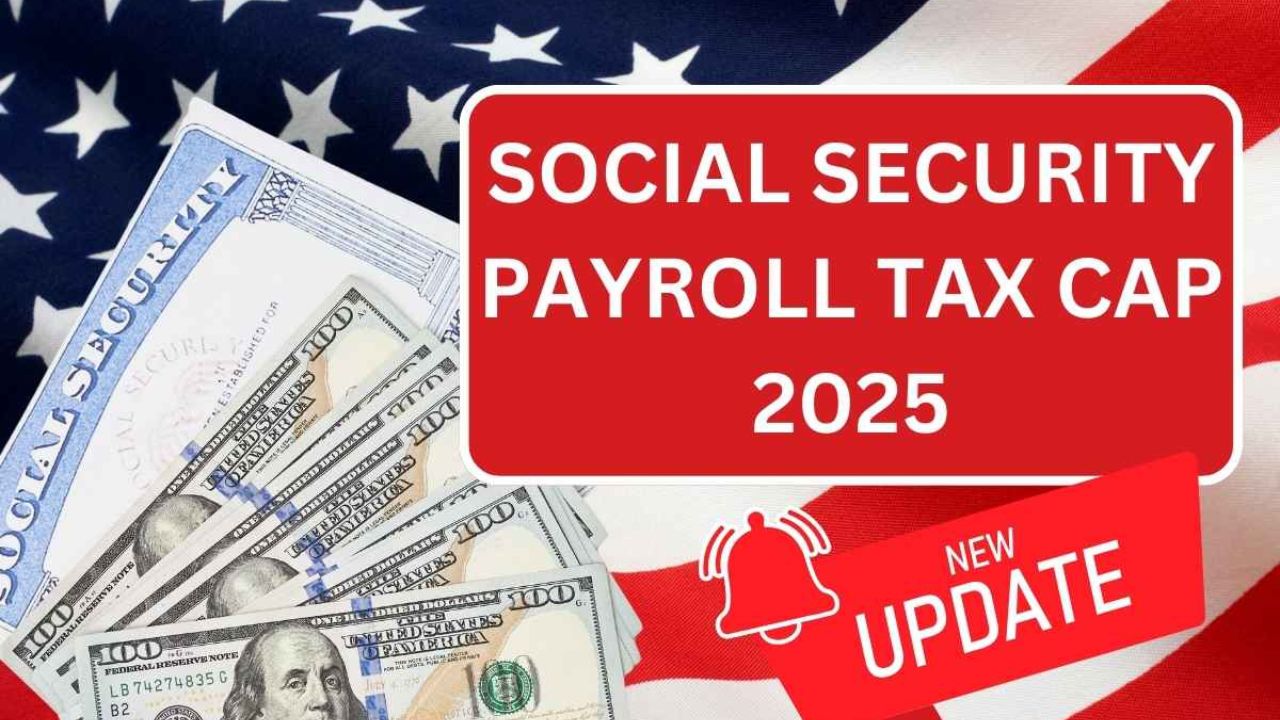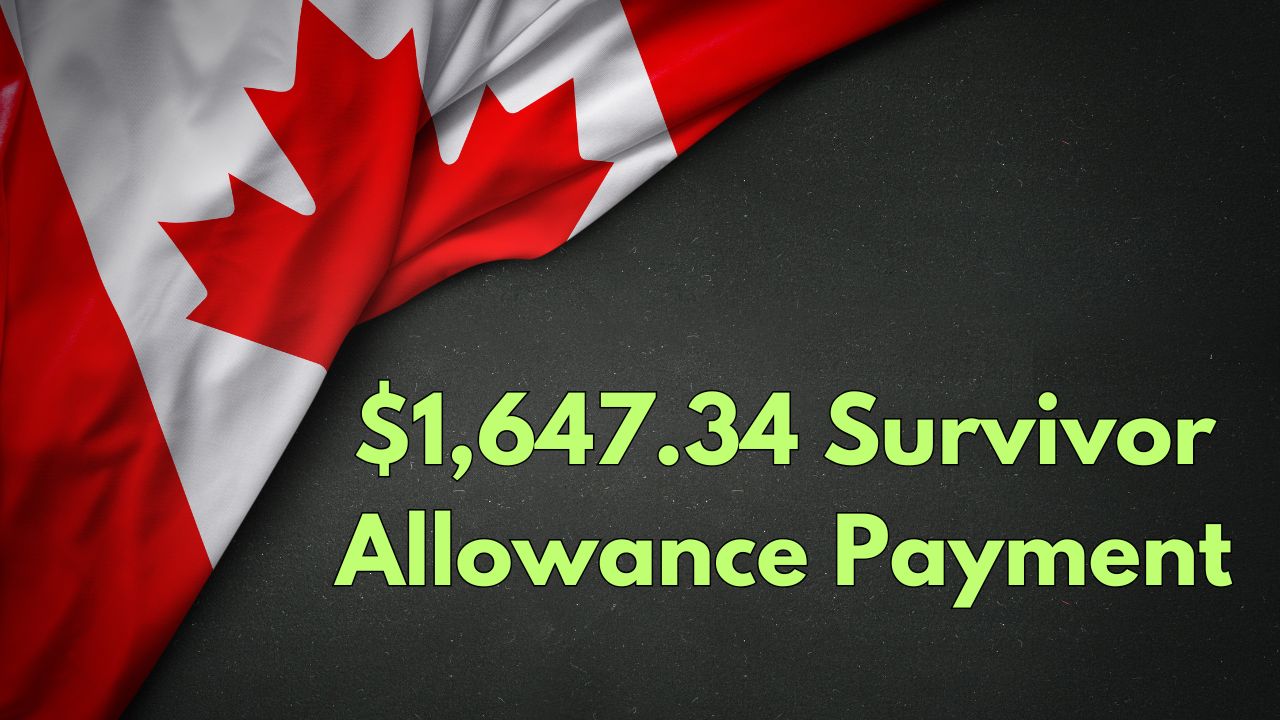The Social Security Administration (SSA) has announced an increase in the payroll tax cap for 2025. Starting January 1, 2025, the taxable maximum for Social Security will rise from $168,600 in 2024 to $176,100, reflecting a 4.4% increase. This change will have significant implications for employees, employers, and self-employed individuals.
The adjustment aims to maintain the financial stability of the Social Security program. Alongside this increase, the SSA has also projected a 2.5% cost-of-living adjustment (COLA) for benefit payments in 2025. Millions of retirees and individuals with disabilities stand to benefit from these changes, which are designed to keep pace with inflation and rising living costs. Let’s break down the details of the updated tax cap, eligibility requirements, and its effects on various groups.
Social Security Payroll Tax Cap 2025
| Category | Details |
|---|---|
| New Taxable Maximum | $176,100 |
| Increase Over 2024 | $7,500 (4.4%) |
| Social Security Tax Rate | 12.4% (6.2% for employees and employers each) |
| Medicare Tax Rate | 2.9% (1.45% for employees and employers each) |
| Applicable To | Salaries and self-employment income |
The new taxable maximum applies to a wide range of income sources, ensuring that higher earners contribute proportionally to the Social Security trust fund. This increase is part of an annual adjustment based on the national average wage index, which helps keep the program sustainable.
Key Details About the 2025 Tax Cap
1. How SSA Taxes Are Calculated
- For Employees: Workers contribute 6.2% of their earnings up to $176,100, with employers matching this amount. This translates to a maximum annual contribution of $10,918.20 from both the employee and employer.
- For Self-Employed Individuals: They bear the full 12.4% Social Security tax rate and 2.9% Medicare tax, totaling 15.3% on earnings up to the tax cap. This amounts to a maximum contribution of $21,836.40 for self-employed individuals.
- Medicare Tax: There is no income ceiling for Medicare taxes, and high earners pay an additional 0.9% on income above $200,000.
These calculations highlight the proportional nature of payroll taxes, ensuring contributions align with income levels while supporting the sustainability of Social Security and Medicare programs.

2. Eligibility for Social Security Benefits in 2025
To receive Social Security benefits, individuals must meet specific eligibility criteria:
- Must be aged 65 or older, blind, or disabled.
- Must have limited income and resources.
- Non-citizens or non-residents of the United States are generally ineligible.
Eligibility requirements aim to prioritize assistance for those most in need, ensuring that Social Security benefits remain accessible to vulnerable populations.
Effects on Employers and Employees
Impacts on Employees:
- Employees earning up to $176,100 will see higher Social Security contributions deducted from their paychecks in 2025.
- High earners will continue to pay the 1.45% Medicare tax on all wages and an additional 0.9% Medicare surtax on earnings above $200,000.
- For many workers, these contributions represent an investment in their future retirement benefits, as well as a safeguard against unexpected disability or survivorship needs.
Impacts on Employers:
- Employers must contribute 6.2% of wages up to $176,100 and match the 1.45% Medicare tax on all employee earnings.
- To remain compliant, payroll systems must be updated before January 1, 2025, to reflect the new tax cap.
- The higher wage cap may also prompt businesses to reassess their compensation structures, especially for high-earning employees.
The shared responsibility between employers and employees ensures that the funding burden is distributed fairly across the workforce, supporting the longevity of the Social Security program.
Steps for Employers to Comply
Employers can take the following actions to ensure compliance with the updated wage cap:
- Update Payroll Systems: Adjust payroll software to reflect the new taxable maximum of $176,100. This step is critical for accurate tax calculations and reporting.
- Communicate with Employees: Notify employees, particularly high earners, about the change and its impact on their paychecks. Clear communication can help manage expectations and reduce potential confusion.
- Review Compensation Packages: Evaluate and adjust high earners’ total compensation if necessary to stay competitive. This might include revising bonus structures or other benefits.
By taking these steps, employers can ensure seamless compliance with the new regulations and maintain employee trust.
Summary of the 2025 Payroll Tax Changes
| Aspect | 2024 | 2025 |
| Taxable Maximum | $168,600 | $176,100 |
| Employee Contribution | Up to $10,453.20 | Up to $10,918.20 |
| Employer Contribution | Up to $10,453.20 | Up to $10,918.20 |
| Self-Employed Contribution | Up to $20,906.40 | Up to $21,836.40 |
| Medicare Tax | No cap | No cap |
These figures demonstrate the incremental adjustments made to payroll tax caps to align with economic trends, ensuring adequate funding for Social Security and Medicare programs.
Final Thoughts
The increase in the Social Security payroll tax cap for 2025 underscores the SSA’s commitment to maintaining the program’s financial stability. While the changes mean higher contributions for high-earning individuals and their employers, they also ensure continued support for retirees and those with disabilities.
Preparing for these changes is essential. Employers must update systems and communicate effectively, while employees should consider how the increased contributions might affect their take-home pay. For self-employed individuals, understanding the full tax implications is critical for financial planning.
Ultimately, these adjustments reflect the evolving economic landscape, aiming to balance the needs of contributors with the long-term sustainability of the Social Security program. By staying informed and proactive, both individuals and organizations can navigate these changes effectively.






